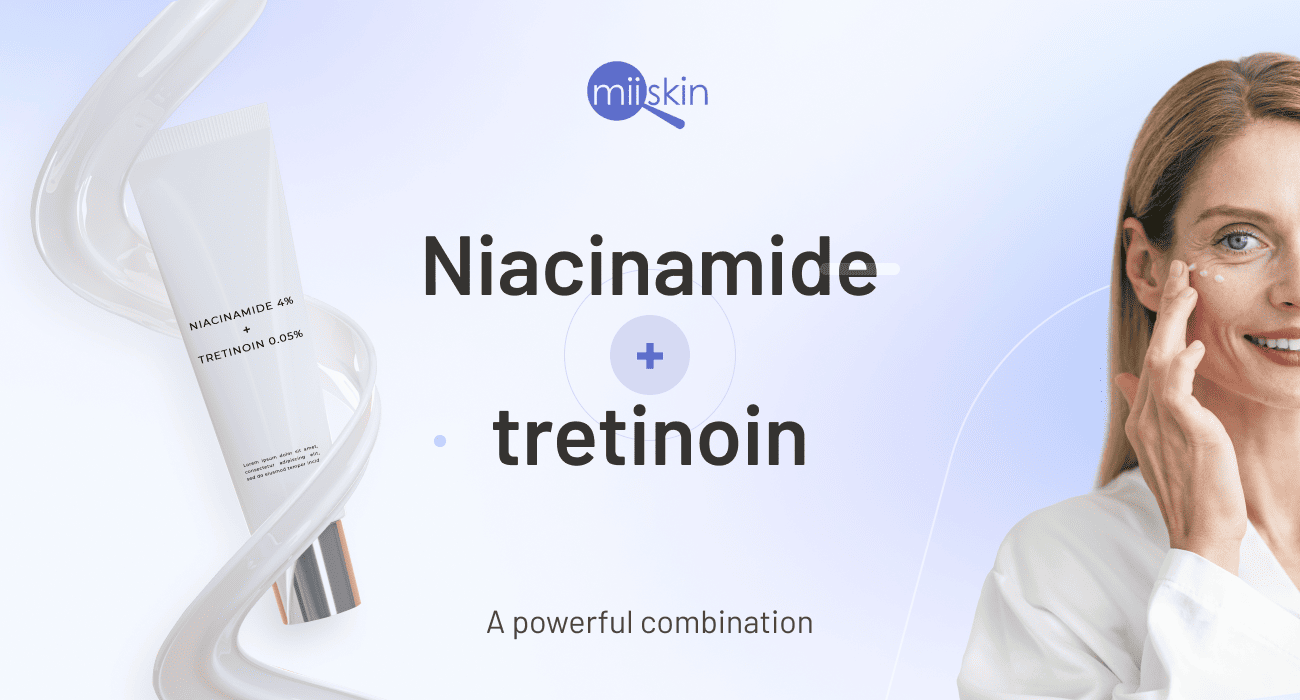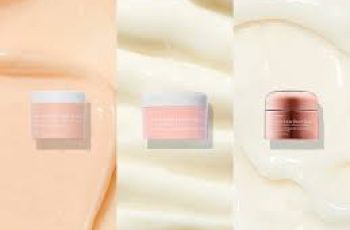
Tretinoin and niacinamide are two powerful skincare ingredients that can yield remarkable results. Though their names may sound complex, they are actually quite common in many skincare products. Given their individual benefits, it’s no surprise that many people are curious about using both in their routines.
So, the question is: can niacinamide and tretinoin be used together? Let’s dive into this and explore how these two ingredients can work in harmony, and answer some common queries about their use.
Can I Use Niacinamide While Using Tretinoin?
Yes, absolutely! Many skincare enthusiasts have found that alternating the use of niacinamide and tretinoin is an effective way to enjoy the benefits of both without causing irritation. The key is to use them at different times of the day—niacinamide can be applied in your morning routine, while tretinoin is typically best used in the evening.
This method allows you to enjoy the benefits of both ingredients while minimizing potential side effects. Niacinamide works best when applied to slightly damp skin after cleansing, as it can help to lock in moisture and provide hydration.
Tretinoin, on the other hand, is a potent ingredient, especially known for its ability to reduce the visible signs of aging and tackle acne. However, it can increase your skin’s sensitivity to UV rays, so it’s crucial to apply tretinoin in the evening and always follow up with a sunscreen of SPF 30 or higher during the day. For more information about the benefits of tretinoin, check out our in-depth blog post.
If you’re hoping to find a single product that combines both niacinamide and tretinoin, this could be challenging. Tretinoin is typically only available through a prescription, so it’s unlikely to find a highly effective over-the-counter product that combines both ingredients. If you have concerns or questions about incorporating these ingredients into your routine, it’s always a good idea to consult with a dermatologist.
Can I Use Retinol and Niacinamide Together?
Yes, using retinol and niacinamide together is another great combination. Similar to tretinoin, retinol is a form of vitamin A that can help promote cell turnover and reduce the appearance of fine lines and acne. When pairing it with niacinamide, you can apply niacinamide first on slightly damp skin to help hydrate and plump the skin, which can reduce potential dryness caused by retinol.
This pairing helps to balance the drying effects of retinol, allowing it to penetrate deeper into the skin while minimizing irritation. By using niacinamide to soothe and hydrate, you can make the most of both ingredients without compromising your skin’s comfort.
Should I Apply Moisturizer Before or After Tretinoin?
Moisturizer should generally be applied after tretinoin. There is a popular skincare rule that suggests applying products from the thinnest to thickest consistency. This helps each product to be absorbed properly and ensures that none of the active ingredients are blocked by heavier formulations.
In this case, tretinoin is applied after cleansing, and moisturizer is the final step in your nighttime routine. This helps to lock in hydration, ensuring that your skin stays moisturized while tretinoin works its magic.
What Products Should Be Avoided When Using Tretinoin?
There are a few products and ingredients that you should avoid using alongside tretinoin, as they can cause irritation or diminish the effectiveness of both products:
Astringents/Toners: Tretinoin can cause dryness, so combining it with toners or astringents, which may contain alcohol or other drying ingredients, could exacerbate this effect. Over-drying the skin can lead to an increase in sebum production, which may trigger acne or other breakouts.
Chemical Exfoliants: Retinoids, including tretinoin, speed up the natural exfoliation process by promoting skin cell turnover. Adding AHAs (like glycolic acid) or BHAs (like salicylic acid) could lead to excessive exfoliation, resulting in irritation, redness, or peeling.
Benzoyl Peroxide: Benzoyl peroxide is another acne-fighting ingredient, but when combined with tretinoin, it can be too harsh and cause excessive dryness or irritation. It can also neutralize the effects of tretinoin, reducing its effectiveness.
It’s always best to consult with a dermatologist if you’re unsure about the compatibility of certain ingredients with tretinoin.
Can I Use Tretinoin Every Night?
Technically, you can use tretinoin every night, but it’s usually recommended to start slowly to allow your skin to build up tolerance. Tretinoin is potent, and frequent use, especially at the beginning, can cause dryness, peeling, or irritation. A good strategy is to apply tretinoin every other night, or as directed on the product label, until your skin becomes accustomed to it.
This gradual approach helps you avoid the discomfort of over-drying or irritation while still getting the long-term benefits of tretinoin.
Does Niacinamide Cause Purging?
No, niacinamide is not known to cause purging. Purging typically occurs with ingredients that speed up skin cell turnover, like exfoliants or retinoids. Niacinamide, on the other hand, is a calming and hydrating ingredient that doesn’t accelerate exfoliation, so it won’t lead to the breakouts or purging that other actives might cause.
That being said, in rare cases, some individuals may have a sensitivity or reaction to niacinamide. If you experience any irritation or discomfort, it’s always a good idea to stop using the product and consult a dermatologist.
Does Tretinoin Contain Retinol?
Yes, tretinoin is essentially a stronger, more concentrated form of retinoic acid, a type of retinol. The main difference is that tretinoin is already in its active form and doesn’t require conversion by the skin, while retinol (a type of retinoid) must be converted into retinoic acid for the skin to use it. Both are effective for similar skin concerns, like acne and signs of aging, but tretinoin is typically found in prescription formulas, while retinol is available over-the-counter.
When introducing either of these ingredients into your routine, it’s crucial to start slowly and gradually build up your skin’s tolerance to avoid excessive dryness and irritation.
Final Thoughts
You can definitely use niacinamide and tretinoin together in your skincare routine, with careful consideration of the timing and application order. Niacinamide can help to hydrate and soothe the skin, which may offset some of the dryness or irritation from tretinoin. Always ensure you’re using a good sunscreen during the day, and don’t hesitate to consult with a dermatologist to tailor a routine that works best for your skin type and concerns.
If you still have questions about using niacinamide and tretinoin together, feel free to reach out to us on Instagram!


